The content of the article
Chipmunks are mammals belonging to the order of rodents from the squirrel family. These animals live mainly in North America, where they are distributed almost everywhere: from the north of Canada to Mexico. In Europe, Siberian chipmunks of the Siberian species inhabit the northern part of the continent, which falls on the territory of Russia and China. Now these pets can be found in Central Europe, where they were brought by breeders.
Chipmunks in a natural habitat
Those who are going to have this rather exotic animal at home should familiarize themselves with the peculiarities of his life in the wild. The appearance of all the chipmunks is the same, their distinctive feature are five dark stripes on the back, separated by light stripes.The tail of the animal is longer and less fluffy than squirrels. The rest of the animals are very similar. The weight of a chipmunk rarely exceeds 100g.
Lifestyle
Chipmunks live in a forest area. The animal creates a long hole in the roots of shrubs and low trees. The dwelling is carefully hidden from surrounding eyes, has several ramifications and a place to store stocks.
In winter, the animal falls into a shallow hibernation, during which it wakes up several times. Chipmunks love sunshine, in the spring they spend the whole day in the sun. In summer, the animals hide in the shade when the sun is at its zenith. Pet activity directly depends on the ambient temperature.
Power Features
Chipmunks hide the food they find behind their cheeks in order to transfer them to the burrow.There, part of the food is eaten, and part is postponed for the winter. During non-prolonged awakenings, the animal will be fed from these stocks. Thus, more than 5 kg of food can be harvested.
Breeding
The pregnancy of a female chipmunk lasts approximately 30 days. For the year, one female breeds twice: in spring and summer. In one litter more often from 5 to 8 individuals are observed. Chipmunk chicks are raised alone. These animals do not like the company of their own kind, adult individuals do not live by two in one hole.
The life of a chipmunk in the wild does not exceed three years.
How to choose a chipmunk
Chipmunk - quite an exotic animal for keeping at home. You can buy it at the zoological store or from the breeder. The price range is very wide. If you buy a chipmunk from a bona fide breeder, the pet will cost more, but the chances of getting a healthy domesticated animal will increase dramatically.
It is better to buy in the spring and summer. In the warm season, the chipmunks are the most active, because you can trace their condition.In the autumn, the animal becomes aggressive, and in winter it can completely hibernate or become dynamic. To recognize the sick animal in this case will be difficult. After the purchase or before it should show the pet to the veterinarian.
You can meet a chipmunk in its natural habitat. To catch him is quite difficult, because the animal runs fast enough, knows how to jump and hide. Minks of chipmunks are arranged in such a way that it is difficult to find them even to a dog. It is strongly recommended not to try to tame a wild animal. Chipmunks living in the wild find it difficult to get used to the new conditions of existence. Such a pet will feel uncomfortable at home, and may die or escape.
Cell selection and equipment
Chipmunk is an animal active, therefore a cage should be chosen as large as possible. The bottom must be covered with any organic matter, which is not a pity to be thrown away, since the litter will have to be changed often. Chipmunks are very clean, so the cage and all its components will need to be washed, cleaned or changed.
Equip the cage should be by sector. Let the animal choose where he wants to sleep, eat, send natural needs.A distinctive feature of the chipmunks is that they choose for themselves a place under the toilet and do not cope with the need somewhere else. Therefore, releasing the animal to walk around the house, do not worry about the cleanliness of carpets and furniture.
In the cage should be a closed house. It will imitate the mink in which the chipmunk lives in natural conditions. It is better to make the litter of the house out of hay or grass and air it daily. Here the chipmunk will sleep and possibly store stocks. In addition, the chipmunk must have a wheel. The cage must be roofed and securely closed.
Chipmunk Food
As already mentioned, eating this animal is all that he finds. You can feed a chipmunk with cereals, sunflower seeds, cereals, all nuts, except almonds, thick porridges. These pets are real sweet teeth, so they will be happy with the liver, sugar, berries and fruits. Solid food must be alternated with soft. In addition, in the pet store you can buy a special balanced feed for chipmunks. In a cage should put a piece of chalk, his animal loves too.
Chipmunk needs to be given more food than he can eat, because as part of the food he will postpone. Stocks of chipmunks are more often made in their own cells.It is necessary to periodically check and refresh them so that the animal does not eat the spoiled product.
Basic content rules
Caring for chipmunks has several important features and rules, compliance with which is mandatory.
- Let your pet walk around the house, but don't lose sight. Chipmunks love to run through spacious rooms, but they can escape through an open door or even jump out the window. Be sure to close the windows before you release the chipmunk.
- Let him periodically host the kitchen. Chipmunk needs to produce food for winter stocks. He does not care that he is well fed all year round, it is an instinct.
- Always close the cage. First, the animal can escape; secondly, the nimble animal risks being accidentally crushed; thirdly, it is able to quickly empty your reserves of cereals.
- Feed the chipmunk with a sweet hand, it is to position the animal to the owner.
- Each chipmunk must have its own cage. Several animals can be kept together only in spring and summer, and there must be a house for everyone in the cage. In the fall, the chipmunks become aggressive and dangerous for their congeners.
If you follow all the rules of care for a chipmunk, it will remain healthy and active for a long time. The lifespan of an animal in captivity can reach 10 years.
Video: home chipmunk

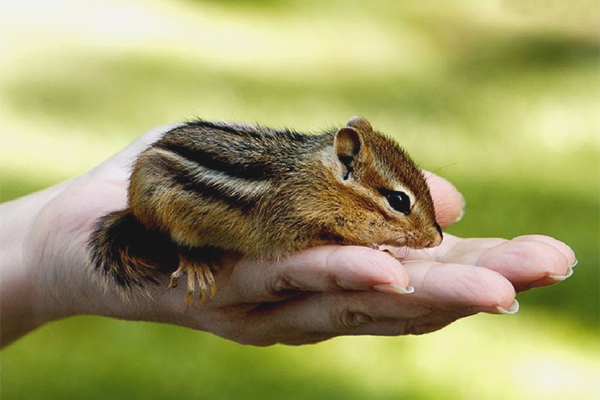
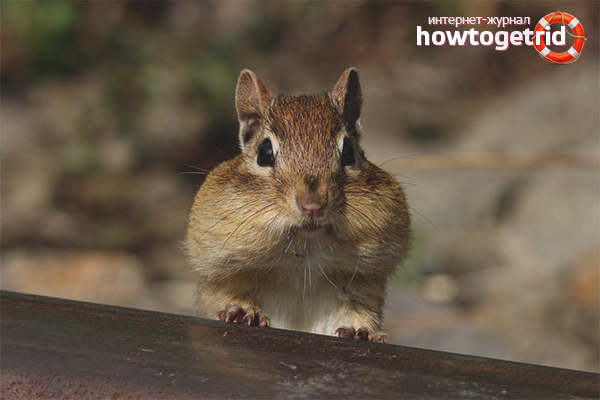
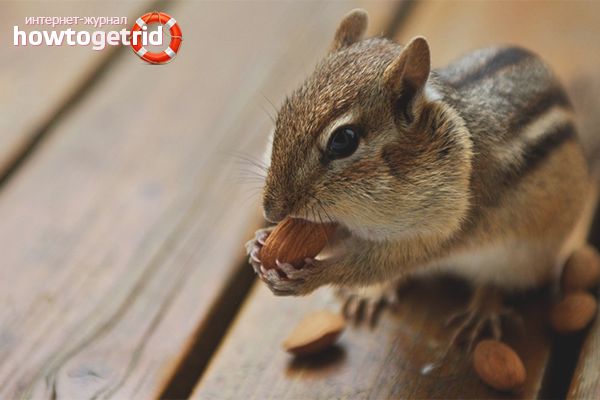

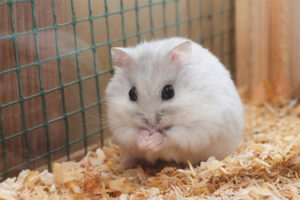


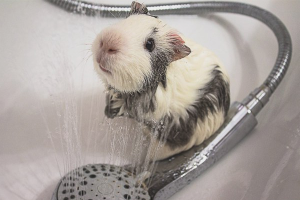

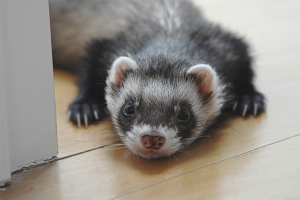
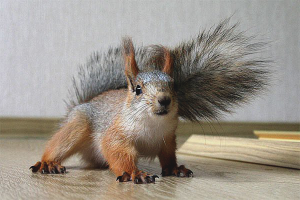
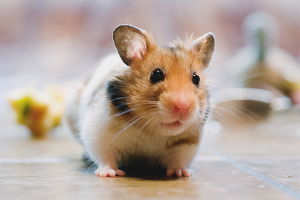
To send